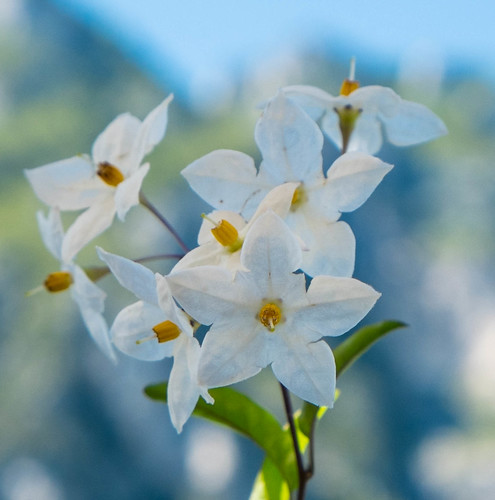
I really wanted to try some High Dynamic Range photography with the Lumia 1020 so today I took a walk around Cottingham and took some shots. High Dynamic Range photography is where you take multiple pictures of the same scene at different exposures. Then you use software to merge the images, taking the best exposed bits of the different shots and making one “perfect” pictures.
You can see the effect in the photograph above. In a picture taken at normal exposure the dark shadow in the foreground would be completely black. This bit was taken from some of the overexposed shots, with the bright bits of the church being taken from the underexposed ones.
The Lumia 1020 is a good bet for this because it will automatically shoot the “bracketed” shots. In fact you can get it to take five pictures over a range of up to 3 EV (exposure values) each side. This means that you just press the button and the phone takes all the shots for you.
There are a couple of problems with this though. The first is the obvious one, in that shots take a lot longer to complete. The phone does a good job at shunting the enormous amounts of image data from the sensor into storage, but you still have to hold the phone up for 30 seconds or so while all five pictures are taken. Actually, I’ve not found the results of using 5 exposures to be much greater than 3, and so I’d just take 3 in the future.
The other problem with the Lumia 1020 HDR photography is that you have to select this “bracketing” mode before each shot. This is probably sensible, in that you don’t want the camera get stuck taking normal snaps five times, but it is a pain when you forget.

This is a single “ordinary” shot taken from the camera and just cropped slightly. You can compare it with the shot at the top of the post, which was made from five separate exposures.
I used Adobe Lightroom to import the pictures from the phone and this works fine. I plugged the phone into my laptop and then uses the normal Lightroom Import command to bring the pictures in to my collection. Then I used Photomatix to combine the different pictures. Photomatix also does all the tone mapping to get either a fairly natural result as in the top picture or a more artistic one like the one below:

This was taken from five images and then tone mapped using a “Painterly” pre-set that gives quite a nice effect. I’d be quite happy to print an A3 version of this, and from the look of the pixels, it would print out great too. Amazing.
In short I’m very impressed with the Lumia for HDR photography. I’d like to have the camera grip to make it a bit easier to hold the phone steady though. This also has a tripod fitting that would also be useful for longer exposures.
If you are into photography but bored with carrying your camera around, then you should take a look at this phone. The results really are impressive.















































